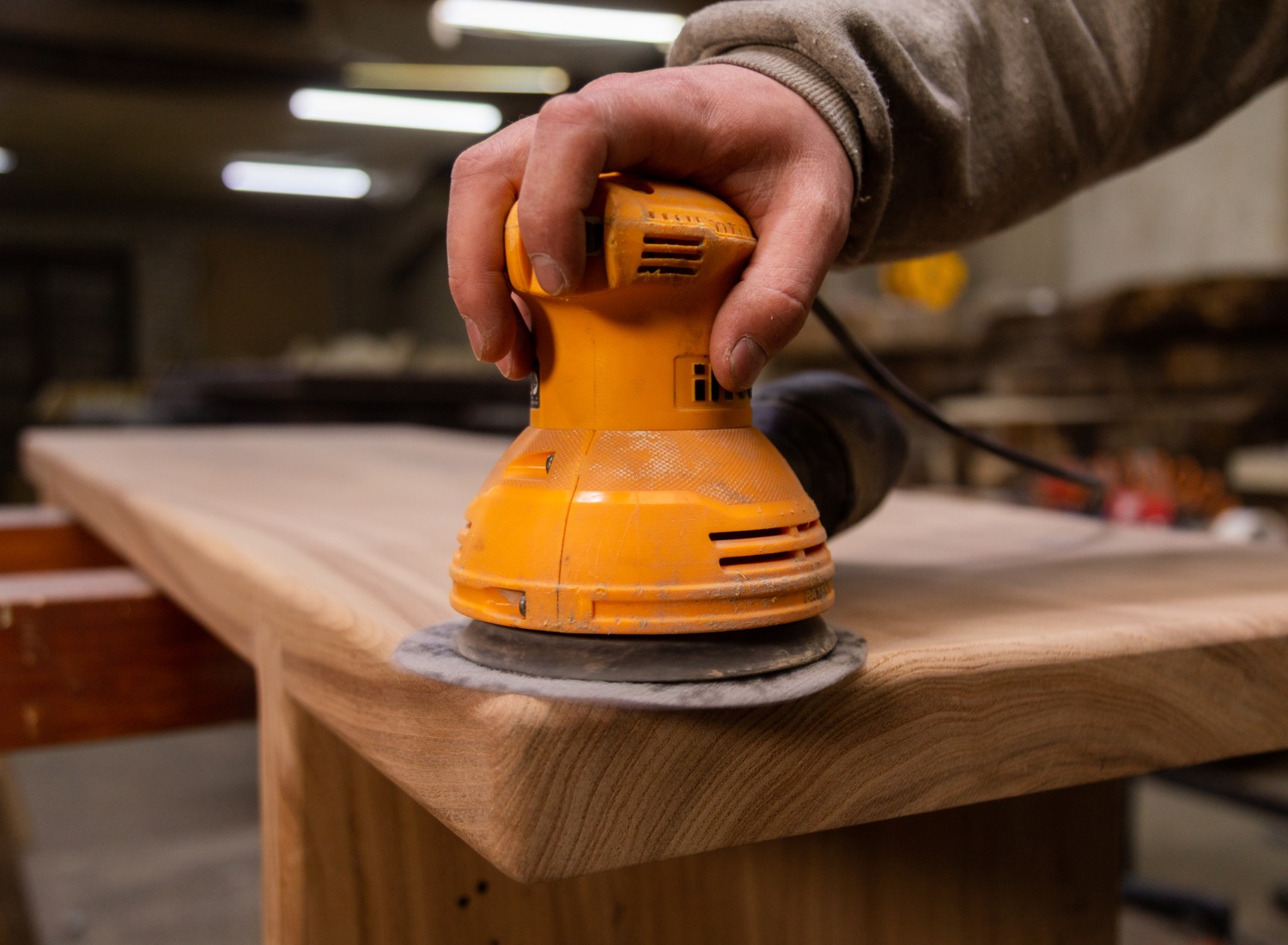Sander
Sander: The Power Tool That Smooths Every Surface

Whether you're prepping wood for a flawless finish, stripping paint from metal, or refining a curved edge, a sander is your go-to tool for speed, precision, and consistency. With options ranging from belt sanders to orbital and detail models, choosing the right type—and using it correctly—can transform your project from rough to refined.
What Is a Sander?
A sander is a power tool designed to smooth, shape, or strip surfaces using abrasive motion. It’s essential for:
- Woodworking and carpentry
- Metal finishing and rust removal
- Paint stripping and surface prep
- Furniture restoration and detailing
Sanders use sandpaper or sanding belts to remove material, and they come in various shapes and sizes to suit different tasks.
Types of Sanders and Their Uses
| Type | Best For | Motion Type |
|---|---|---|
| Belt Sander | Heavy material removal, large surfaces | Linear |
| Orbital Sander | Fine finishing, light sanding | Circular |
| Random Orbital Sander | Swirl-free finish, versatility | Random + Circular |
| Detail Sander | Tight corners, intricate work | Vibrating tip |
| Sheet Sander | Flat surfaces, general use | Back-and-forth |
| Disc Sander | Edge shaping, bench-mounted tasks | Rotating disc |
Choose based on your material, surface size, and desired finish.
Key Features to Look For
- Motor Power: Higher wattage for tougher jobs
- Variable Speed: Adjust for different materials
- Dust Collection: Built-in bag or vacuum port
- Ergonomic Grip: Reduces fatigue during long use
- Quick-change Pads/Belts: Saves time between grits
- Low Vibration: Improves comfort and control
These features improve performance and make sanding safer and more efficient.
Safety Tips
Before you start sanding:
- Wear safety goggles, dust mask, and hearing protection
- Secure your workpiece with clamps
- Keep fingers away from moving parts
- Use proper grit progression (coarse to fine)
- Don’t force the tool—let it do the work
- Clean dust regularly to prevent buildup and fire risk
Safety gear and good habits protect you and your project.
Maintenance Tips
Keep your sander in top shape:
- Clean vents and dust ports after each use
- Replace worn pads, belts, or discs
- Check power cords for damage
- Store in a dry, dust-free area
- Lubricate moving parts if recommended by the manufacturer
Routine care extends tool life and ensures consistent results.
Where to Buy in South Africa
If you're shopping locally, Construction Hyper is a trusted supplier based in Pietermaritzburg. They offer:
- Belt, orbital, and detail sanders
- Competitive pricing and nationwide delivery
- Expert advice and customer support
Whether you’re a DIYer or a professional, they’ve got the right sander for your needs.
FAQs
Can I use a sander on metal?
Yes—with the right sandpaper and speed settings.
What grit should I start with?
Start coarse (60–80) for rough surfaces, then move to finer grits (120–220) for finishing.
Do all sanders have dust collection?
Most do, but efficiency varies—check specs before buying.
Can I use a sander to remove paint?
Absolutely—belt or orbital sanders work well for stripping paint.
Final Thoughts
A sander isn’t just a tool—it’s your shortcut to smooth, professional-looking results. With the right type, proper technique, and a little care, you’ll turn rough surfaces into polished perfection. Whether you're restoring furniture or prepping a masterpiece, let your sander do the heavy lifting while you enjoy the finish.




